For any gardener or dacket, the garden will not be able to truly fullent without the presence of such a fruit tree like a mulberry.
Mulberry or mulberry is a high-yielding, unpretentious culture with a rich crop of delicious berries and a variety of useful properties.
How to plant and properly care for the plant? What type of mulberry pick up for your site? What method of reproduction to choose? What is useful to the silky and do contraindications exist?
Information on these issues, as well as the detailed planting technology and agrotechnics of the cultivation of the milling, will be presented in detail in the article.
Description of the plant Tutovnik
Mulberry, a tute tree, Tyutin, a mulberry - the name of the same plant of the family of a family. This deciduous tree was known in Russia in ancient times, during the reign of Ivan the Terrible. And it became famous for the amazing properties of the leaves - the beloved delicacy of the luxury silkworm, thanks to which natural silk began to produce. And the fruits of wood are distinguished by high taste and nutritional qualities. Even the historical fact of the exit of the special decree of Peter I concerning the ban on the deforestation of the tute trees due to their nationwide value.
The natural range of the spread of the mulberry is quite wide: moderate and subtropical belts of Africa, Asia and America. The cold-resistant, drought-resistant and fast-growing plant is currently actively cultivated throughout Europe.
Tutovnik is a tall tree, reaching a height of up to 15 m and living in one place to 200-500 years. Such long-livers already at the 5th year of planting are happy with a sweet harvest, and after another 5 years they give about 100 kg of fruits from one tree.
Flowers in May blooms, and fruits from June to September, depending on the variety.
Similar to small berries, complex fruit fruit, has a pleasant sour-sweet taste. Each bone with a broken perianth is combined into a juicy, loose, fruit, about 2-3 cm long. So-called nozzles are uneven, often the harvest is collected for 1-1.5 months. To collect them, under the tree spread the bedspread, on which the berries shakes.
The most famous types of black and white mulberry.
There are both monochemical and dioval representatives of the genus of the Mulgarian. Depending on this, landing of one or two (female and male tree) of plants in one site are required.
Women's flowers are represented by the colosum inflorescence, small size, with a pubescent pestle. Male flowers resemble white elongated earrings. According to such characteristic features and determine the fruitless tree from the wood-pollinator of men's affiliation. The phenomenon is also found at the phenomenon, that is, the formation of fruits without fertilization.
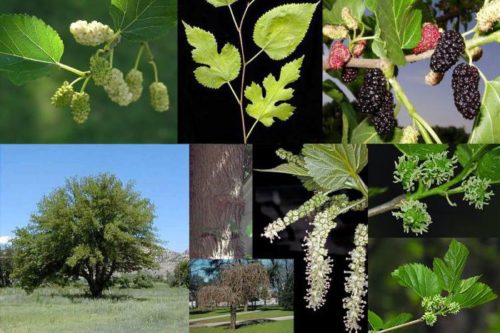
The trunk of the tree is covered with dense bore and characteristic cracks.
Leaves at the mulberry large and simple, green. Often on the same tree there are different shapes of the leaves: from whole, ovally elongated, to lobedly divided, with cloths along the edges.
To date, the Moltennik causes well-deserved interest among many gardeners and landscape designers. The species diversity of the mulberry is represented by cultures with a different structure of the crown, colorful and fetal size. Depending on this, you can choose a mulberry with molding feet to the ground, branches; with a pyramidal or round crown; Black, pink or white berries.
In total, this genus of plants has more than 20 types of mulberry and many varietal varieties.
Species diversity of Titivnik
Two types are most famous and are common in our country: Mulznik white and black. They distinguish them not so much on the color of the berries as the shade of the tree bark.
- White mulberry is covered with thick, light, gray, bark. Due to the thin and gentle leaves, it is used not only as a fruit tree, but also in the production of high-quality silk, when feeding workers, silkworms. There are nollodies of white, red, yellow, pink and even purple color to a sweet taste. Unpretentious, frost-resistant plant with sweet berries is widespread in culture.
- Black mulberry is distinguished by dark, brown, the color of the cortex and grows, mostly in food, as the leaves are much tougher and rougher than the White Mulberry. But the taste qualities of her fruits are recognized as much better. Mulberry has a smaller level of winter hardiness and is grown mainly in the southern regions. Wood with a wide, spreaded crown and large asymmetrical leaves.
There is also a classification of a tute tree, separating grades in fruit, decorative and feed destination.
- Fruit species include mentioned above, white and black mulberries, as well as new breeding varieties. For example, Mulberry White Snow White, Nadia, Masha, Dina, Chernobrovy.
- The most famous are such high-yielding, resistant to diseases, feeding varieties, like Slobozhanskaya 1, Ukrainian 5, White Honey, Ukrainian 6, Ukrainian 7, Merfenskaya.
- To create spectacular landscapes, decorative varieties are grown: Laciniata (carved leaves), aurea (bright yellow leaves), pyramidalis (pyramidal crown), Globosa (ball kroon), pendula (molding crown with drooping branches).
The reproduction of the Tutovnika
Two main methods of reproduction are isolated: seed and vegetative. Each of the methods has its own characteristics and complexity.
Seed reproduction of the Tutovnik
- Collecting berries and clearing them from the pulp, you can see very small dark seeds, which are sown in the ground. Previously, to increase the germination, they are kept for several hours in the growth stimulator solution.
- For sowing it is better to use the seeds of the current year. When storing seeds provide a dark ventilated place and room temperature. Seeds should be well dried, otherwise moisture is able to destroy the entire seed material.
The seed method of reproduction of gardeners is rare, due to the insufficient inheritance by the offspring of parental signs. Breeders, as a rule, use this type of reproduction for growing trips or ameliorative plantings.
Vegetative reproduction of Tutovnika
A common method of abundant variety. Apply the reproduction of siblings, cuttings, gifts and by vaccinations.
Siblings
- Mulberry is capable of forming root pigs, which is not destroyed in cases of frozen or destruction of wood. Choose well-developed root offspring, from which an adult culture will be formed in the future.
- Extra offspring are removed or used as seedlings. In order for the dug seedling to be viable, it is important to damage the root system as much as possible and to cut the above-ground part of the escape.
Siblings completely repeat the signs of an adult plant.
Cherenca
For reproduction with cuttings, green or semi-respected shoots are used.
- For breeding with green cuttings, in summer, during the period of active vegetative growth of the plant, young shoots are cut, up to 20 cm long and the presence of at least 2-3 kidney. The cuttings are planted in a greenhouse under a slight inclination (45º), deepening them up to 3 cm in the soil. The greenhouse should have an increased level of humidity, up to the effect of "wet fog". Already by autumn, subject to all the rules of agricultural engineering, cuttings allow new shoots and rooted. Sprouted and strengthened cuttings, in the spring planted in an open ground.
- In addition to green, in the same period, you can cut and semi-respected shoots. The same technology of cultivation is observed as in green cuttings. The only difference is that such shoots are much weaker and rooted slower.
The reproduction of sprouted cuttings allows you to grow a mulberry identical on the signs of the parent plant.
Digging
- Reproduction with gifts is possible with deep circumcision of the uterine plant. Then, the next year, a strong increase is formed, which is flexible to obtain horizontal melts.
- Vertical chains can be obtained by dipping shoots sprouted from hemp, after a complete cutting of an adult plant. Such shoots fade in spring or autumn and, subject to the formation of full-fledged roots, plant on a new place.
Grafting of Mulberry
We can vaccinate silky in various ways.
- The most successful and unemployed reception is copulating, i.e. Vaccination with a cutlets on a prepared cut.
- A simple copuling involves splitting a combination and a lead, the same in thickness. After combining sections, the connection site is tightly tied with an elastic ribbon.
- Copulation with additional snugs provides closer contact and removal contact.
The vaccination is used to reproduce the best, including decorative grades of the pin.
Landing of the Tutovnik
Picking up a landing place, it is important to know the features and preferences of the mulberry. Unpretentious culture is capable of carrying almost any growing conditions. But to achieve high-yielding of the mulberry, you should know optimal for cultivation, criteria.
Sunconium and drought-resistant plant is ideal for well-lit, protected from direct exposure to northern winds, place.
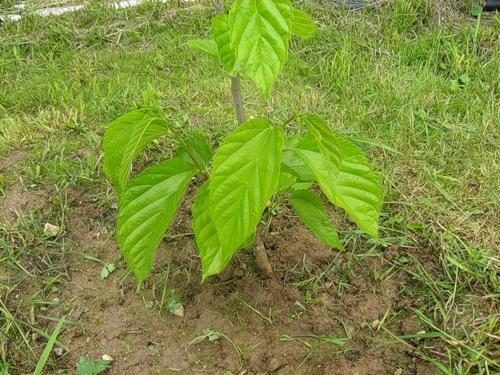
The soil is preferable to loose, fertile, according to the type of spytes or loam. Having planted the Mulshnik on the engagement, sandy soil, we can achieve its strengthening by the formation of the apparent root roots of the tree. Heavy thin soil can be "facilitated" by setting on the bottom of the landing fossa, a layer of broken brick, as an artificial drainage.
Mulberry is capable of growing on saline or wetlands, but the yield will be significantly lower. Area with similar location of groundwater should also beware, in order to avoid the rotation of the root system of perennial.
Depending on the purpose of planting the mulberry on its site, the distance between the seedlings is determined. With decorative bushs, distance between plants is small (about 0.5-1 m), and in order to obtain high yields - 5 times more.
Landing Mulberry Seeds
- The dried seeds can be sinking immediately in the fall. To do this, in advance of fertilized moistened soil, there are shallow grooves (3-4 cm), where seeds are seeded. Mulching beds after sowing will prevent the seed frozen in the winter. The next fall, the grown seedlings transplant to a permanent place, withsting the distance between plants at least 3-5 m. In 5-6 years, young trees will be able to please the first harvest.
- In the case of spring sowing, in order to increase the germination, in the winter seeds subjected to stratification, thus hardening them, so before planting. Given the shallow period of the seed of mulberry, gardeners practice their sowing and without prior stratification. In this case, before sowing, the seed material is soaked for 2-3 days in water, periodically merging it and adding fresh. After soaking, under the influence of the positive (about 30-35 ° C) temperature, the seeds will give friendly shoots.
- For the preparation of seedlings from seeds, they are sown in lightweight and nutrient soil, to depth 1 cm. Pre-soaking in the growth stimulator only improves the germination process. At a temperature of 20-22 ° C, friendly shoots appear. After that, the container is transferred to a more illuminated place with a slightly lowered temperature (15-19 ° C). In the spring, when the ground is sufficiently warmed by sunlight, seedlings plant on, fertilized in advance, beds with an interval of 5 m. In the middle lane, this period falls for April.
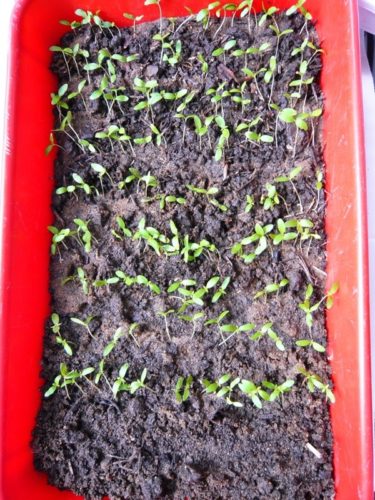
Landing of the mulberry seedlings
- The seedlings of the mulberry are planted in the open soil in the spring (when the kidneys have not yet revealed) or in the fall (in September-October), following the distance between seedlings or other trees at least 5 m.
- For landing prepare holes of 0.5 x 0.5 m, filling them on a third by humus, dung-raw or compost. You can use complex fertilizer.
- Root to straighten up, pour out the earth, to trust, compact the soil around the seedling. The root cervix should not be blunting in the soil.
- The young plant is abundantly pouring, and the soil around is to inspire to prevent her drying. In the future, the care of seedlings is reduced to regular watering, loosening, weeding and making feeding.
- If the seedling is thin - it is necessary to tie it to a wooden peg.
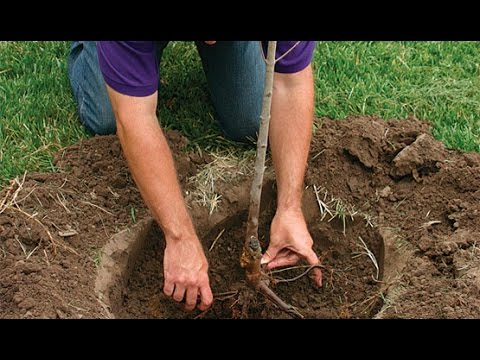
The finished seedlings of the Tutovnik can be raised or buying in specialized garden shops, in the market or fairs. The roots of mulberries are fairly tender and fragile, which is important to consider when buying and landing seedlings. The guarantee of the acquisition of a female fruiting seedling will be the purchase, time-tested, 3-year-old Tutovnik, who has already pleased with the first rank.
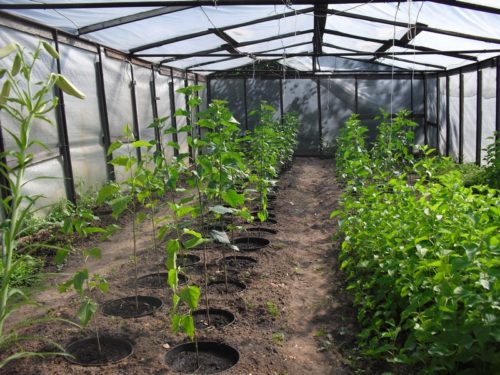
Care for Tutovnik
The cultivation of the tute tree will require the gardener to perform the usual agrotechnical techniques: watering, loosening, weeding, feeding, trimming and protection against pests and diseases.
Watering Tutovnika
Regular watering is important during the initial development of the plant and its active growing growth. Sustainable drought, culture of the Mulberry, does not need constant and frequent irrigation. To increase its frost-resistant qualities, gardeners are recommended to "harden" a tree in the summer. For this, in June-July, the mulberry is watered and fertilized, after which the data of manipulation is stopped, thus preparing the plant to the upcoming state of rest and temperature drops.
Do not forget about periodic loosening of the priority circles of the soil around the trees and timely removal of weeds.
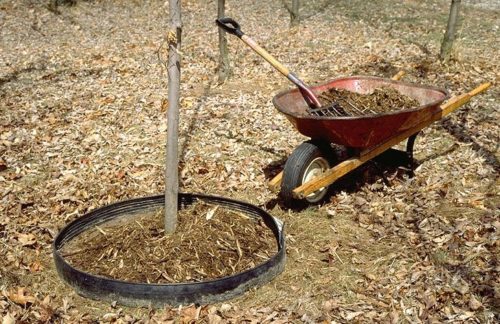
Undercaming of the Tutovnika
The main feeding of the plants are carried out during the period of renal dissolving, by making nitrogen-phosphorus-potash fertilizers - nitroammofoski at the rate of 50 g per 1Q. m earth. If necessary, the following feeder is carried out in the first half of summer, when the diluted manure is added together with watering (1: 5) or bird litter (1:10). After July, it's no longer worth making feeding, so that the Mulshnik does not stimulate the formation of new shoots, which, most likely, will not have time to fully formed and die at the occurrence of cold weather.

Truncating toolnika
Mulshnik - a tall plant and in nature can reach up to 20-30 m in height. Naturally, in the garden plot it is inconvenient to have such a high tree, so the gardeners are carried out by limiting the crown haircut. Pruning also contributes to the acceleration of the process of fruiting and increase yield (fruit enlargement).
- In the first few years of plant development, pruning for the formation of the crown. Then they carry out sanitary and rejuvenating trimming, removing dry, old and internal branches that thicken the crown.
- Cropped off the branches during the period of partial or full rest: in the spring, to the dissolution of the kidneys, they carry out the formative and rejuvenating trimming, and in the late autumn - sanitary.
- Gardeners practice the formation of a bush shape of the mulberry, about 3m high. For this, approximately 1.5 meters altitude cut the top escape and form the main skeleton of 8-10 branches, cutting into the future all extra shoots.
- Each type of mulberry has its own characteristic features when trimming branches. The molding shape of the mulberry requires periodic thinning of the crown and shortening of shoots, which are quickly restored. To create a spherical crown, a thorough formation of all branches will be required with the subsequent support for the specified form.
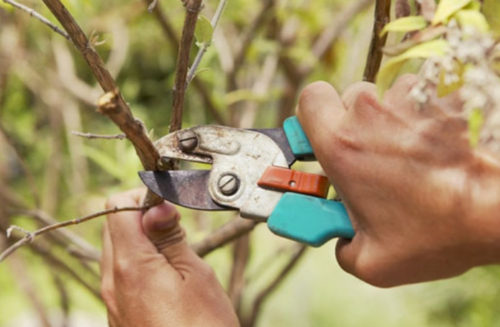
Harvesting Tutovnika
- The nozzle of the mulberry ripen is very uneven when ripe and even green berries are present on one branch.
- Considering that the numerous mulberry berries of small sizes, but at the same time, when ripening, it is easily creptable, most often harvested, unwinding the film or bedspread. The ripening period of fruits at the mulberry is long, often stretched to 1.5 months.
- Collect the harvest start in different times: from May to August, depending on the variety and climatic conditions.
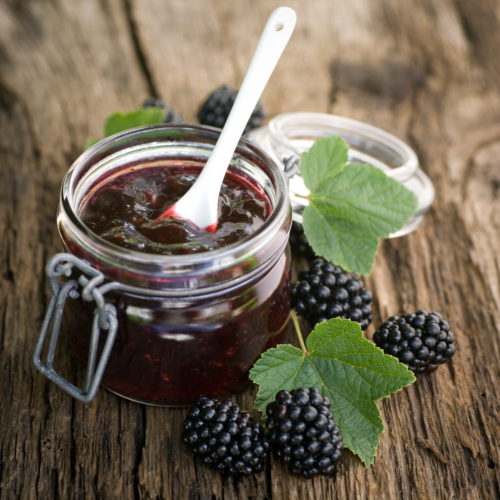
Fighting pests and messenger diseases
Mulberry is resistant to diseases and is rare. As preventive measures, an early spring or late autumn is treated with a tree with a priority circle, special fungicides and insecticides.
In the case of damage to the plant, any disease or pest is carried out a number of technological events.
- When the white plaque appears on the foliage and shoots - it is safe to talk about fungal disease - mildew. Progresses the disease in dry weather, especially in the thickened Crown. Chemical treatment is carried out by burgundy fluid or foundazole. The preventive measure will serve as an autumn collection and the destruction of fallen leaves.
- If dark red spots appear on the leaves with a clearly defined border - the plant is sick with cylindrosporiosis (leaf spot). The affected leaves are yellow and dying. The tree spray with 1% silita solution, repeating the procedure again, after 2 weeks.
- Bacteriosis is a disease that affects the young foliage and shoots the mulberry dark spots of the wrong shape. Over time, such leaves are twisted and fall apart, and shoots, deforming, are covered with a gum similar substances. For processing use phytooflavin, gamiir.
- The arcticity of the leaves and the grainy nodesiness that appeared on them indicates an infection with a viral disease - the curlyness of the melligent. The disease is considered incurable. The virus tolerate insects, so it is important to fight a wax, ticks, trips that appeared on the tree.
- Mushroom Blutik, settling on the tree, severely destroys the wood of the mulberry. To destroy the mushroom, it is cut with a part of the crust and burn, and the cut is treated with copper vitrios and shine a mixture of clay, lime and cow manure.
- The white American butterfly, the caterpillars of which overtake all the leaves are considered dangerous insect pest. Parasites and their nests need to be destroyed, additionally finishing the tree with chlorophos.
- The web tick covers the tree of the mulberry, thin threads of the web, hitting the deciduous part of the plant and infecting viral diseases. Destroy the pest will help drugs, type of ticklete or accomplishing.
- Weakens the plant and such an insect as the Cherberry of Complex, forming characteristic wounds and tumors on the silky. Treatment of wood pesticides will help cope with this problem.
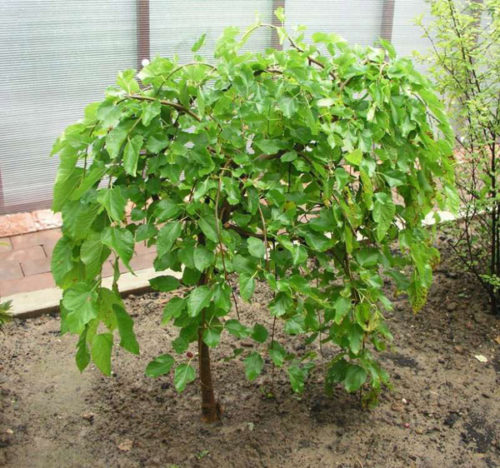
Applying toolnika
Not everyone is familiar with the multifaceted valuable properties of the mulberry. It turns out that it is not only used in food and is used in the production of silk, the silk has medicinal properties and is used in a variety of spheres of human life.
Use as a food product
Probably, everyone has long been familiar with delicious sweet berries of mulberries, white, black or pink colors. Meaty, juicy, with small, practically not felt, bones, these berries are also very helpful. They contain not only valuable for the body, vitamins of groups A, C, B1, B2, B6, K, folic, ascorbic, pantothenic acid, but also a number of important trace elements (Na, Cu, P, Mn, Fe, Mg, Ca, and DR .).
Favorite delicacy - the fruits of the mulberry are used not only in the fresh form. From berries prepare jams and jams, compotes and kislis, make candies, fruit pattern, wine and even vodka-tutovka.
Mulberry dark colors are used as a food dye (those who at least once tried the berries remember how difficult it is to wash their hands from her juice).
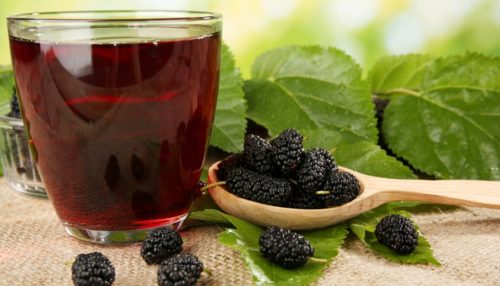
In medicinal purposes
Almost all parts of the mulberry: from the root to berries, contain a variety of biologically active substances with therapeutic properties.
Toothnik berries normalize metabolism, activity of the cardiovascular and digestive system. Berry juice has a coorative, anti-inflammatory and expectorant (with diluting effect) to the means. Due to the bactericidal properties, the infusion of the mulberry is used in the treatment of angine and stomatitis.
Mulberry contained in the fruits, resveratol, is also natural antioxidant, and high sugar content and low calorie content will be useful in the process of weight loss.
The decoction of the tree bark is used as an efficient anthelmal, as well as a wound-healing agent, and the infusion of leaves is to reduce blood pressure.
The root of the mulberry is used as an expectorant that dilute viscous and thick sputum.
In cosmetology from the fruits of the mulberry prepare cosmetic masks for the face, hair and skin of the hands.
Despite well-known, therapeutic properties of the mulberry, without the recommendation of the doctor, should not be applied independently. In addition, there are a number of contraindications and individual intolerance to the plant.
In landscape design
Given the varietal diversity of the Moltenna due to its attractive decorative species, the trees of an exotic species are actively used in landscape design. Gardeners plant a plant as in group landings, as a living hedge, and separately, focusing on the features of the crown, the original form of the leaves and the branches of the silky. So, for these purposes, a mold, golden, spheroid, pyramidal, disseminated mulberry is most often grown.
Resistance to the contaminated atmosphere, unpretentiousness when landing and further leaving the plant allows to cultivate a mulberry for landscaping industrial zones and gas-free urban areas.
For the manufacture of silk and in other areas
As you know, the leaves of the mulberry are the main feed for the tute silkworm used in the production of natural silk.
The valuable breed of wood of mulberry is used in the manufacture of musical instruments, furniture products, durable wooden barrels.
Thus, it would seem, a simple tree - pinwood, not just a garden culture, but also the most valuable plant for humans. And simplicity in the care and cultivation of the mulberry, will allow any, even novice gardener, to replenish the garden collection of the garden with this useful culture.

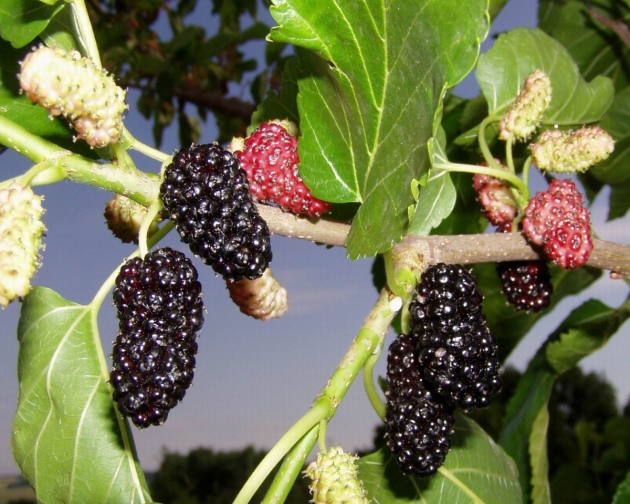

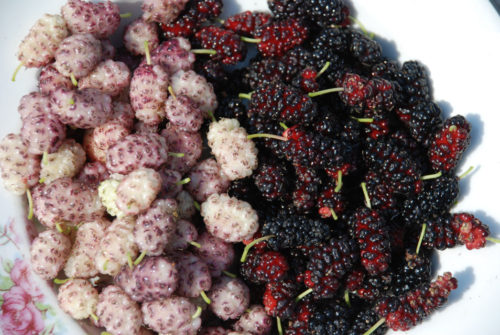
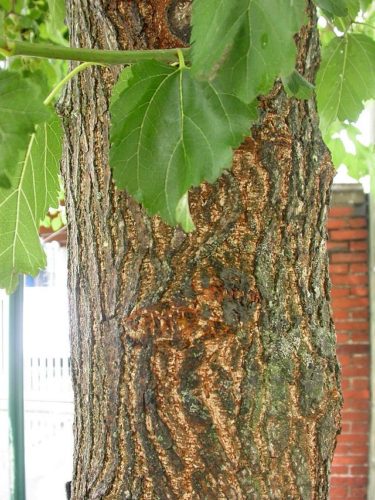
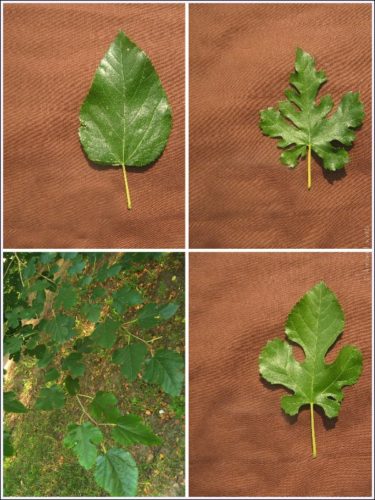
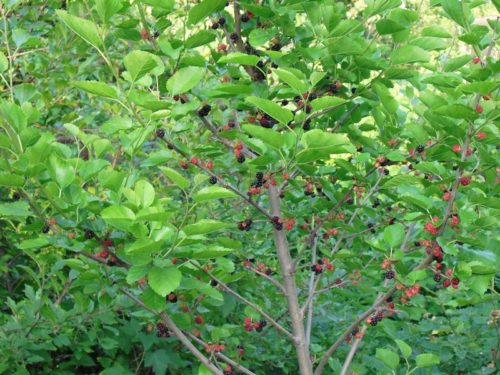
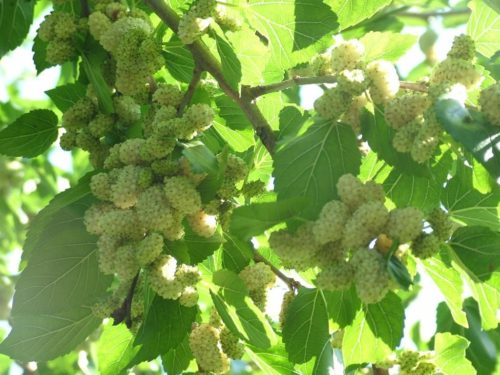
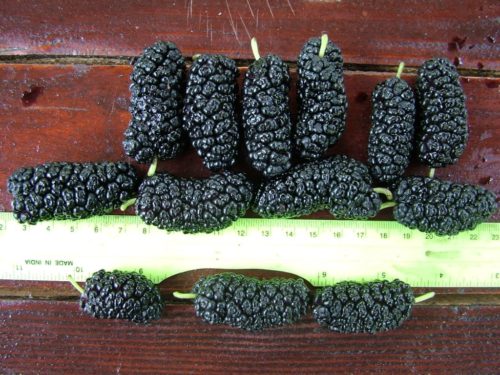
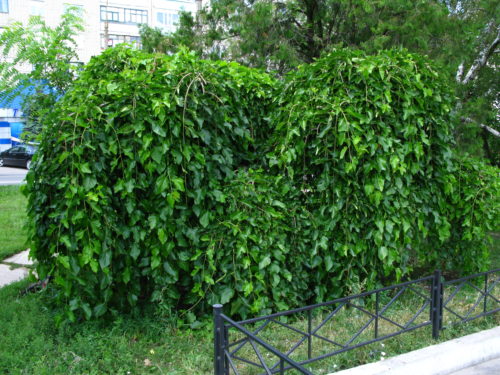
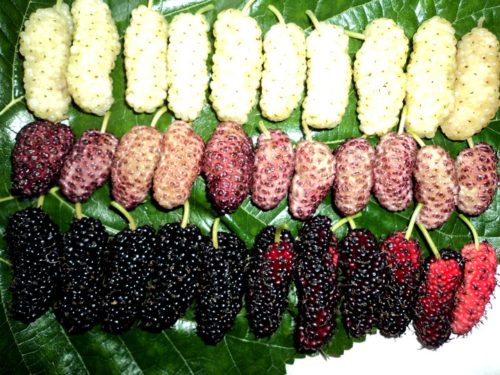
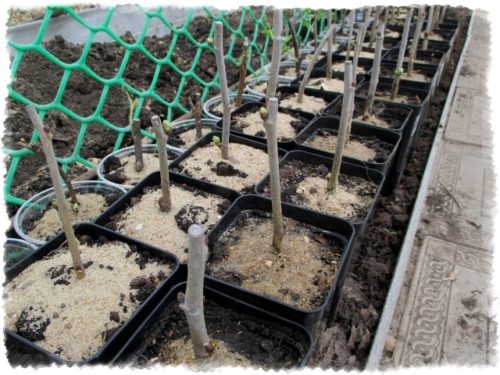
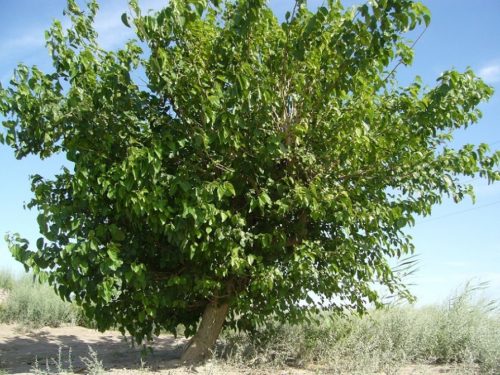
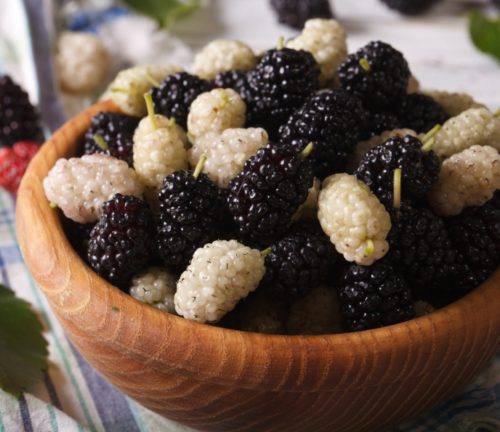
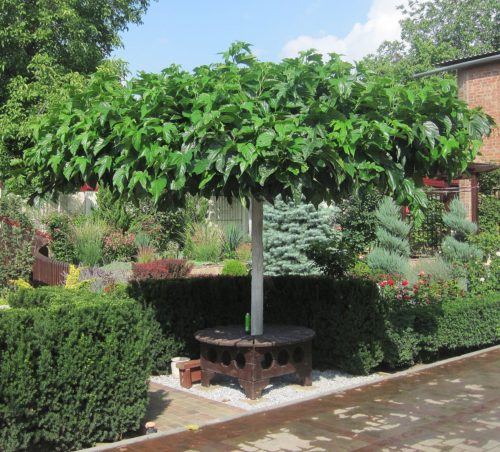
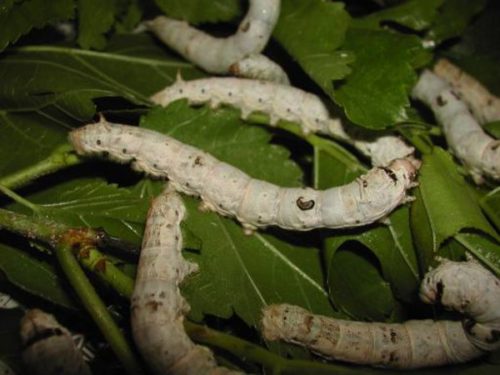
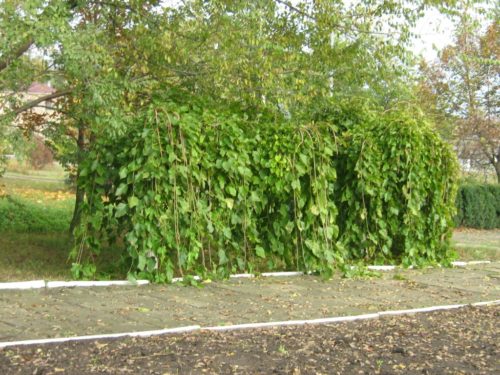
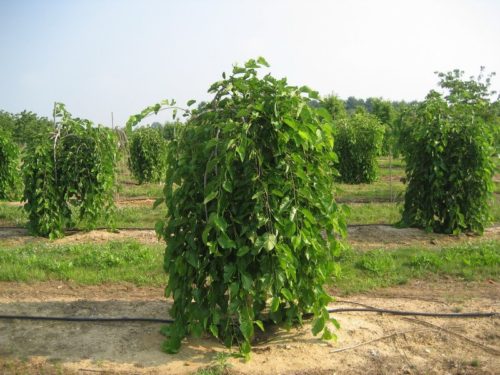
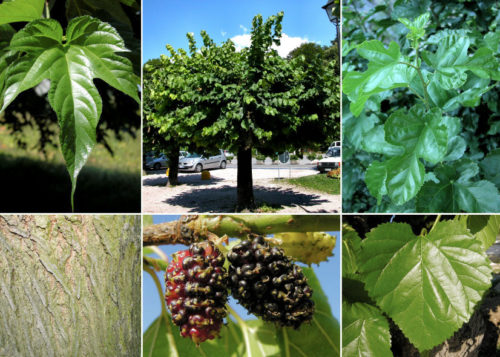
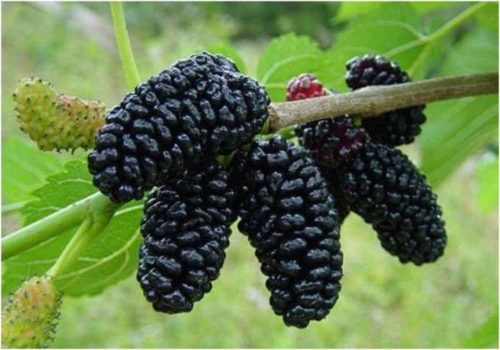
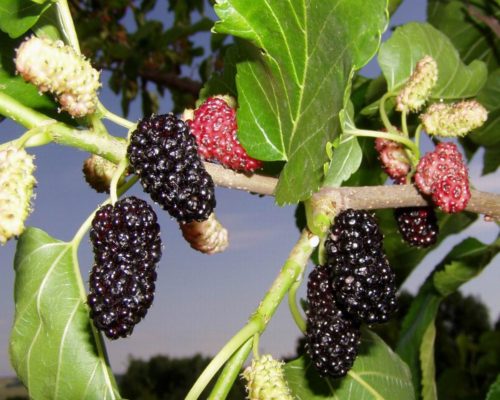

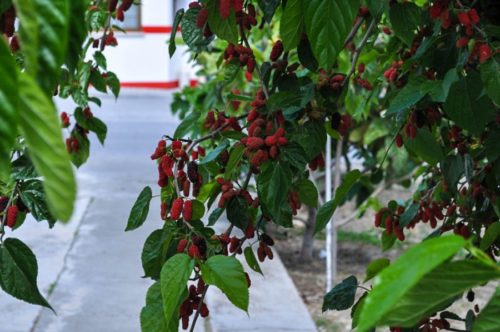
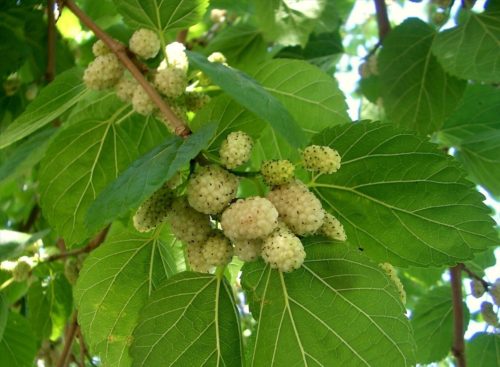
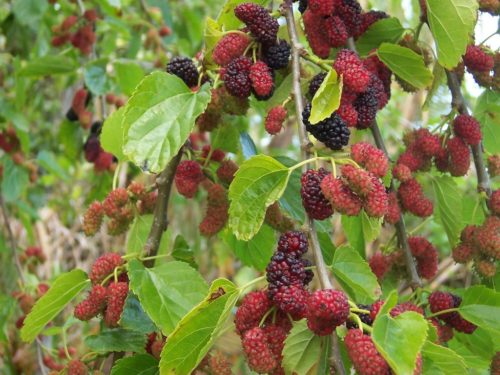












 Start a discussion ...
Start a discussion ...